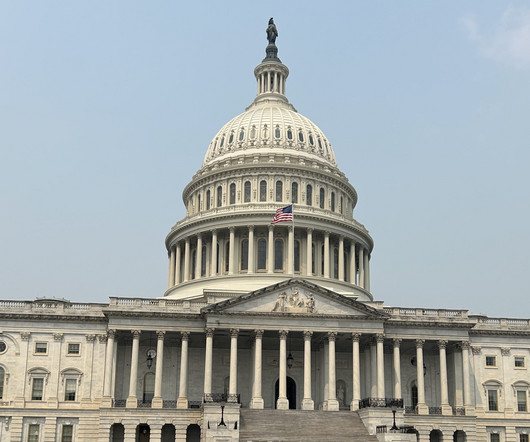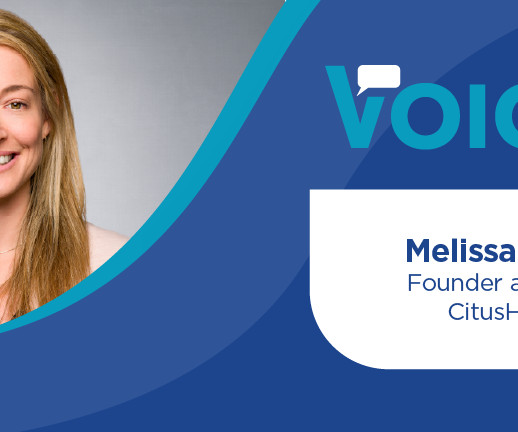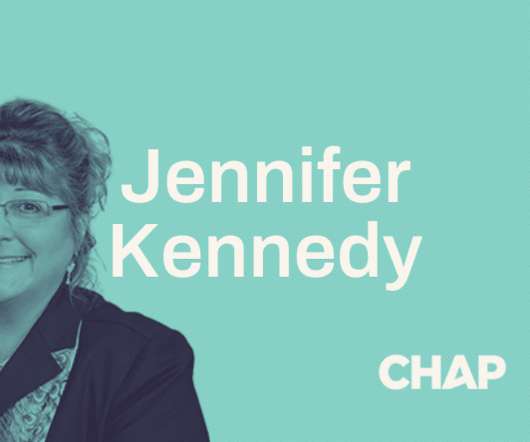3 Key Hospice Technology Trends
Hospice News
JANUARY 31, 2025
Todays hospice leaders need a firm understanding of the varying and rapidly changing advances in technology that can impact their business lines and ability to support patients and staff, said Bivek Pathek, chief information officer at Empath Health.



















Let's personalize your content